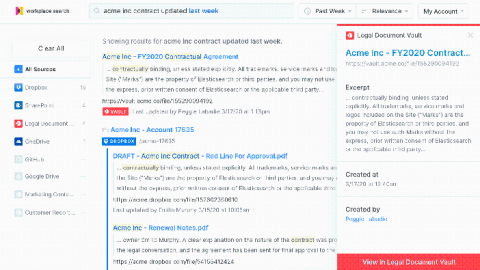Elasticsearch Autocomplete with Search-as-you-type
You may have noticed how on sites like Google you get suggestions as you type. With every letter you add, the suggestions are improved, predicting the query that you want to search for. Achieving Elasticsearch autocomplete functionality is facilitated by the search_as_you_type field datatype. This datatype makes what was previously a very challenging effort remarkably easy.









